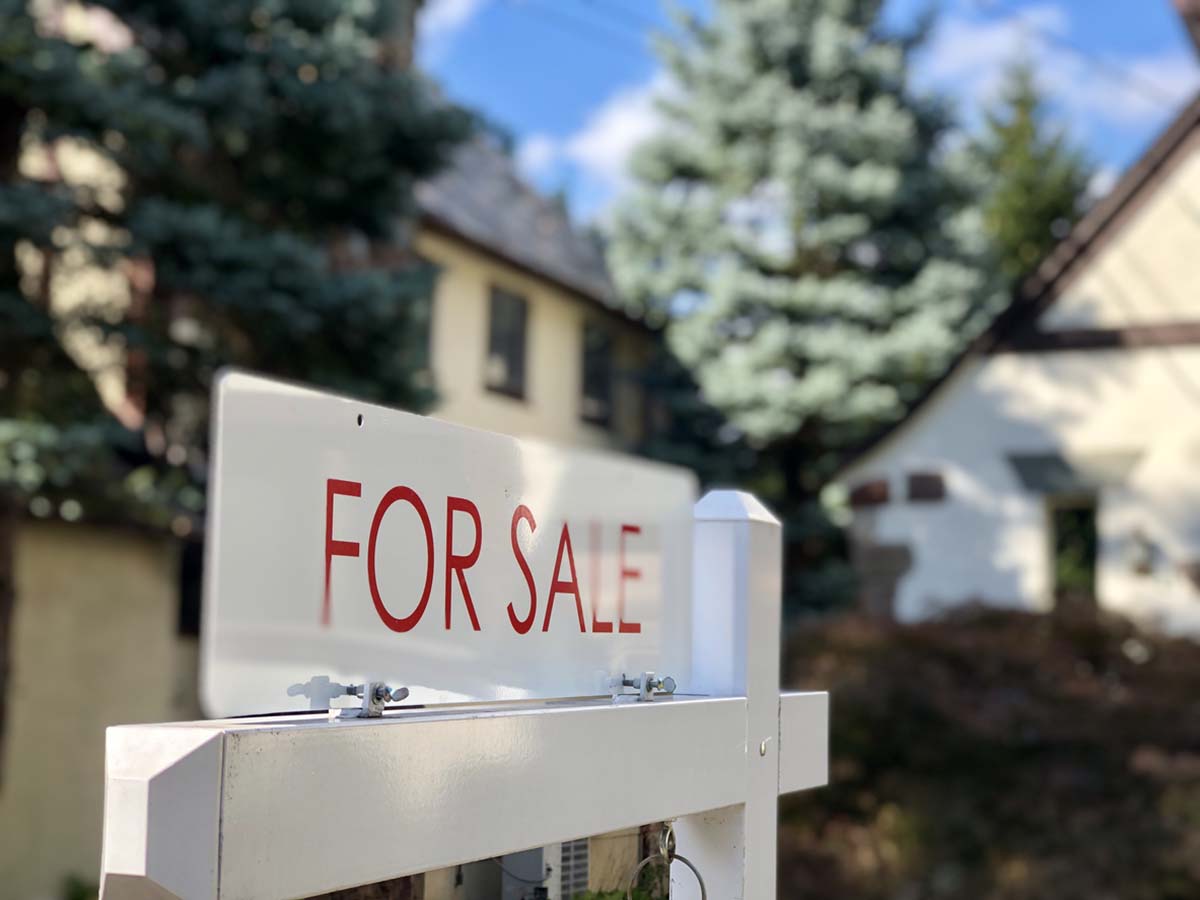S
arah, a seasoned San Francisco investor, recently sold a duplex for $2.8 million after eight years of ownership, locking in a $1.6 million gain. Instead of paying roughly $400,000 in capital‑gain tax, she’s exploring a strategy that could defer those taxes and potentially triple her monthly cash flow by relocating her investment to Atlanta.
This approach—geographic arbitrage via a 1031 exchange—shows that the best replacement property may lie far from an investor’s home base. By selling in a high‑price market and reinvesting in a lower‑price one, the same capital can produce higher yields, better cash flow, or stronger growth prospects. The 1031 mechanism lets investors redeploy full equity without immediate tax consequences.
### How the math works for Sarah
Her San Francisco duplex yielded $6,500 per month. After selling for $2.8 million, she found a 24‑unit Atlanta complex priced at $2.4 million and added a $450,000 Birmingham duplex. The combined portfolio now generates about $19,500 monthly—three times her former cash flow—while using the entire $2.8 million in the exchange, eliminating taxable boot. Additionally, moving to Georgia saves on state tax: California’s top rate is 13.3 %, Georgia’s is 5.75 %. For high‑income investors, that differential compounds over time, especially when factoring in depreciation recapture on future sales.
However, California’s claw‑back rule remains a hurdle. From January 1 , 2014, any capital gain from California property remains subject to state tax even after a 1031 exchange into out‑of‑state property. Thus, when Sarah eventually sells her Atlanta/Birmingham holdings, she will owe California tax on the original $1.6 million gain, regardless of residency. She must also file Form FTB 3840 annually until the replacement properties are sold, transferred to charity, or she dies. Failure to file triggers penalties that can erode returns.
### State tax chessboard
Cross‑state exchanges involve more than income‑tax rates. Transfer taxes, withholding rules, and claw‑back provisions vary widely. For example, New York imposes a 1.825 % transfer tax in NYC, while Texas has none. Tennessee’s transfer tax is negligible. New York also has a claw‑back rule similar to California’s, and mandatory withholding on non‑resident sales—though a 1031 exchange can qualify for an exemption. Other states with claw‑back rules include Massachusetts, Montana, and Oregon. Massachusetts requires reporting and paying “source income” on subsequent taxable sales of out‑of‑state replacement property, and Oregon mandates annual Form 24 filings until the gain is recognized.
### Operational realities of remote investing
The 45‑day identification window and 180‑day closing period leave little room for learning new markets. Successful investors often partner with local professionals or focus on institutional‑grade properties with existing management. Delaware statutory trusts (DSTs) allow investors to acquire interests in multi‑market, professionally managed assets without direct ownership responsibilities. Seattle investor Jennifer, for instance, sold her Pacific Northwest rentals and used the proceeds to buy DST interests in Phoenix, Austin, and Nashville, achieving instant geographic diversification while staying passive. Washington state’s lack of income tax is offset by a real‑estate excise tax (REET) on sales, but properly structured 1031 exchanges are generally exempt.
### Due diligence across distance
Remote investors must evaluate market fundamentals beyond cash flow: population growth, employment diversification, infrastructure, and regulatory environment. Rent‑control laws, landlord‑tenant regulations, and eviction procedures differ dramatically between states. A property that thrives in Texas may become problematic in a state with stricter landlord rules.
### Financing complexities
Cross‑state exchanges can involve varying lender appetites, interest rates, loan‑to‑value ratios, and debt‑service coverage requirements. Maintaining consistent debt levels is essential to avoid boot. Coordination among the investor, qualified intermediary, and lenders is critical when moving between markets with different price points and financing conditions.
### Timing and market cycles
Real‑estate cycles are not synchronized across markets. An investor might sell at a local peak while buying in a market just beginning its recovery, creating opportunities. However, this requires sophisticated understanding of national trends and the ability to read multiple cycles simultaneously.
### Risk management
Geographic arbitrage introduces concentration risk when shifting from a familiar local market to unfamiliar ones. Economic risk varies by region, and currency risk is absent within the U.S. Successful investors often phase diversification over multiple exchanges, building market knowledge gradually and spreading risk across regions and property types.
### The future of geographic investing
Technology—virtual tours, remote management platforms, advanced analytics—continues to lower barriers to cross‑state investing. Fractional ownership vehicles like DSTs provide access to institutional‑grade assets in new markets. For investors willing to look beyond their local area, 1031 exchanges offer a powerful tool to enhance current cash flow and long‑term wealth. Success hinges on understanding not only the financial upside but also the operational realities and tax implications that determine whether a geographic arbitrage strategy will thrive over time.
When planning a 1031 exchange, consider markets beyond your street. The best replacement property may be in a state you’ve never considered, offering returns your local market simply can’t match.














